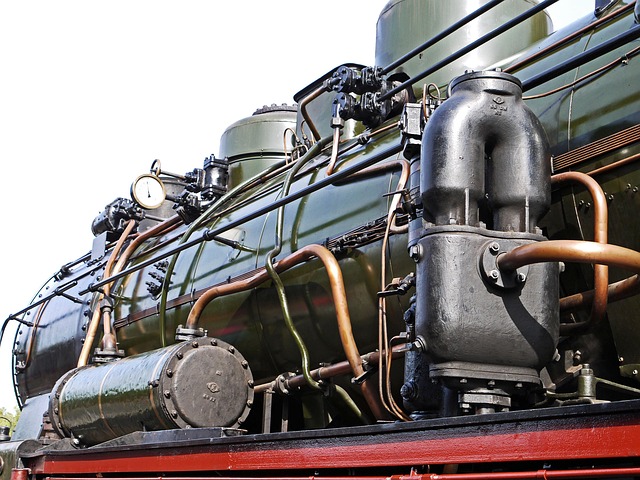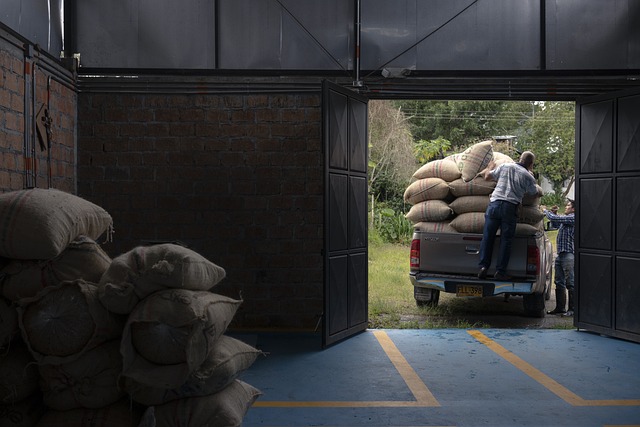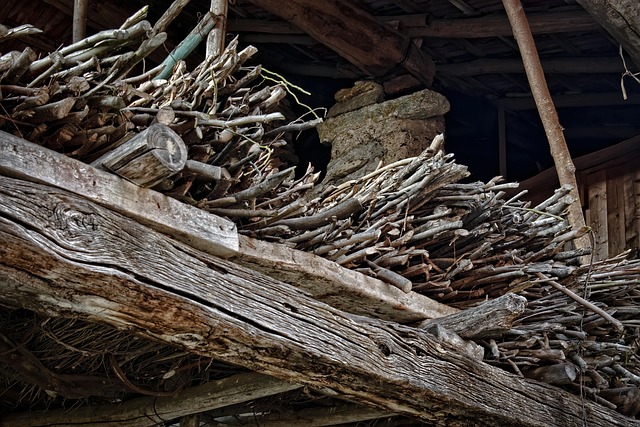Glue Laminated Beams (GLBs) surpass Engineered Wood Beams (EWBs) in structural advantages, environmental friendliness, design flexibility, and cost-effectiveness. GLBs use a lamination process to combine multiple wood layers, resulting in exceptional strength, durability, and customizable shapes for precise architectural fits. They are safer, more compliant with building codes, and reduce waste compared to EWBs that bond wood strands with resins. Choose GLBs for modern construction needs at 18 Clifton St, Unadilla, NY 13849.
Glue laminated beams offer a superior alternative to engineered wood beams, boasting five key advantages. Firstly, they provide exceptional strength and durability, ensuring structural integrity in various applications. Secondly, these beams are environmentally friendly, making them a sustainable choice for eco-conscious construction. Thirdly, their design flexibility allows for customized solutions, catering to unique architectural needs. Fourthly, glue laminated beams are cost-effective without compromising quality. Lastly, they meet safety and compliance standards, assuring regulated structural performance. When considering Glue Laminated Beam vs. Engineered Wood Beam, the former stands out as a superior option across multiple criteria.
- Strength and Durability: Superior Performance
- Environmental Friendliness: Sustainable Choice
- Design Flexibility: Customizable Solutions
- Cost-Effectiveness: Budget-Friendly Option
- Safety and Compliance: Regulated Standards Met
Strength and Durability: Superior Performance

Strength and Durability: Superior Performance
When comparing Glue Laminated Beams vs. Engineered Wood Beams, the structural advantages are clear. Glue laminating is a modern process that bonds multiple layers of wood together, creating beams with exceptional strength and durability. This method surpasses traditional wooden joists by enhancing the natural properties of timber. In contrast, engineered wood beams, like those made from glulam (glue-laminated timber), offer uniform strength across their entire length and width.
This superior performance translates into longer lifespans for glued laminated beams, making them a robust choice for various architectural designs, especially in modern construction. Their ability to withstand heavy loads efficiently makes them a preferred alternative in structural engineering, ensuring the safety and stability of buildings. For expert advice on choosing between these options, give us a call at (607) 369-9341.
Environmental Friendliness: Sustainable Choice

Glue Laminated Beams vs. Engineered Wood Beams: Environmental Friendliness and Sustainable Choice
In the context of structural elements, both glue laminated beams and engineered wood beams offer unique advantages, but when it comes to environmental friendliness, glue laminated timber stands out as a sustainable choice. One of the primary benefits lies in the fact that gluing process conserves natural resources compared to traditional joinery methods that rely heavily on mechanical fastening or nails. This method reduces waste generation and minimizes the need for additional fasteners, contributing to a more eco-friendly construction practice.
Engineered wood beams, also known as composite wood products, are created by bonding together various wood strands or veneers with adhesives. This process enhances structural performance and makes them stronger than solid lumber of comparable size. In contrast, glue laminated beams involve laminating multiple layers of wood with a strong synthetic adhesive, resulting in exceptionally strong and durable structural components. Both options offer advantages in terms of strength, durability, and cost-effectiveness. However, when considering the environmental impact, the glue lamination process for beam construction presents a more sustainable approach, ensuring responsible forest management and minimizing material waste. For those looking to incorporate eco-friendly practices into their building projects, giving us a call at (607) 369-9341 can help guide you towards making informed decisions regarding structural materials.
Design Flexibility: Customizable Solutions

Glue Laminated Beams offer unparalleled design flexibility when compared to Engineered Wood Beams. Customizable solutions are one of the primary advantages, allowing architects and builders to tailor structural elements to specific project needs. This versatility is achieved through the lamination process, which combines multiple layers of wood veneers with strong adhesives, resulting in beams that can be engineered to exact specifications. Unlike Engineered Wood Beams, which come in standard sizes and dimensions, Glue Laminated Beams can be cut, shaped, and sized on-site, ensuring a perfect fit within any architectural design.
This flexibility isn’t just about physical dimensions; it extends to the material itself. Engineers can select from various wood species, each with unique properties, to create beams that complement the project’s aesthetic and structural requirements. Whether enhancing a modern, minimalist design or a traditional, rustic space, Glue Laminated Beams provide the customization needed to bring visions to life. Visit us at 18 Clifton St, Unadilla, NY 13849 anytime to explore these options further and discover how Glue Laminated Beams can offer innovative solutions for your next construction project.
Cost-Effectiveness: Budget-Friendly Option

When considering structural elements for construction projects, Glue Laminated Beams (GLBs) stand out as an attractive alternative to Engineered Wood Beams (EWBs), primarily due to their cost-effectiveness. GLBs are created by laminating multiple layers of thin wood veneers with strong adhesives, resulting in a beam with exceptional strength and stability. In contrast, EWBs are engineered from various wood strands or veneers bonded together, often with resins. While EWBs have their merits, especially in terms of structural performance, GLBs offer a more budget-friendly option without compromising quality.
The cost advantage of GLBs is significant, making them an appealing choice for both residential and commercial projects. They are particularly competitive in price compared to traditional solid lumber beams, offering long spans and high load-bearing capabilities. Moreover, GLBs’ manufacturing process reduces material waste, contributing to their economic viability. For project managers and builders looking to balance structural integrity with budget constraints, GLBs provide a compelling solution, especially when considering the efficient installation processes and minimal site disruptions they offer. To learn more about these innovative beam options, visit us at unalam.com.
Safety and Compliance: Regulated Standards Met

When comparing Glue Laminated Beams vs. Engineered Wood Beams, safety and compliance are paramount considerations. Both types of beams must adhere to stringent regulated standards to ensure structural integrity and building code compliance. However, Glue Laminated Beams offer distinct advantages in this regard due to their advanced construction methods.
The lamination process involves bonding multiple layers of wood with high-quality glues, resulting in a stronger and more durable beam than traditional engineered wood designs. This method eliminates the risks associated with dry-fitting or mechanical fastening, ensuring consistent performance under heavy loads. Moreover, modern glues used in laminating timber for structural beams are designed to withstand varying environmental conditions, enhancing the overall safety and longevity of Glue Laminated Beams. For expert guidance on choosing the right beam type for your project, consider giving us a call at (607) 369-9341.
Glue laminated beams offer a superior alternative to engineered wood beams, showcasing enhanced strength, durability, and environmental sustainability. Their design flexibility allows for customizable solutions, while their cost-effectiveness makes them an attractive budget-friendly option. Ensuring safety and compliance with regulated standards, glue laminated beams are the preferred choice for structural integrity and long-term reliability over traditional engineered wood beams.











